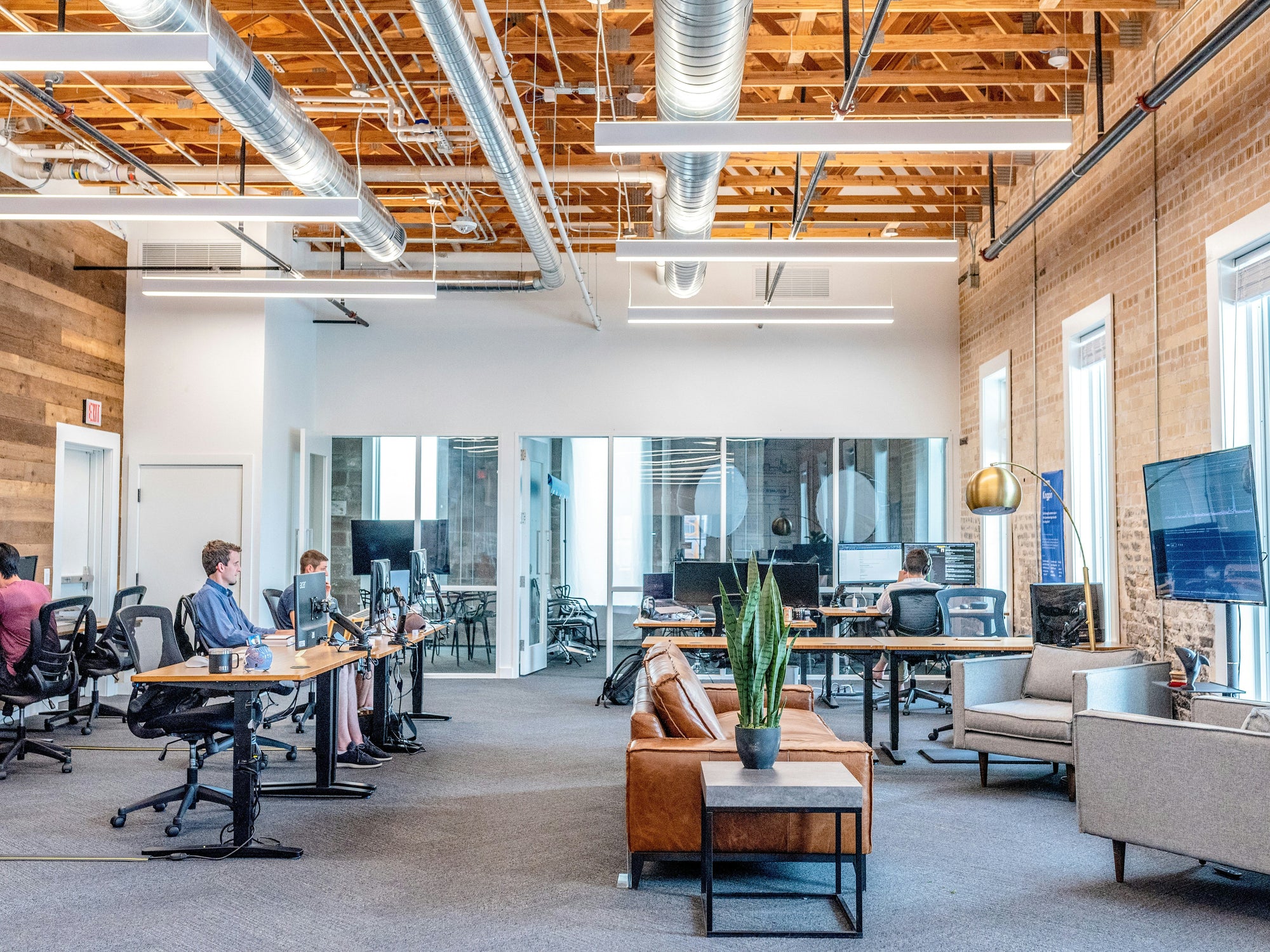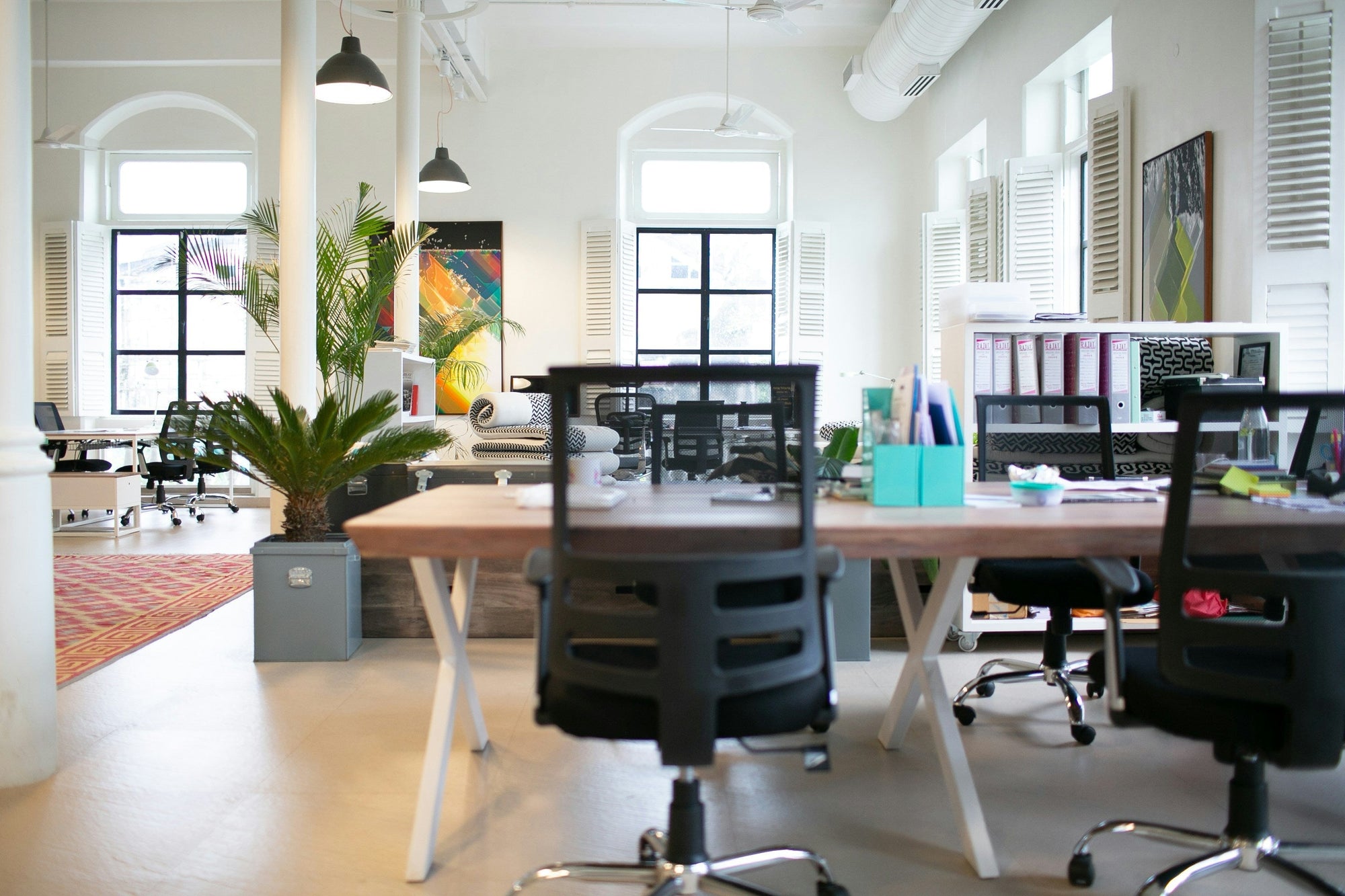When it comes to setting up or upgrading an office, the collaboration between office brokers and furniture dealers can significantly enhance the process. Both play crucial roles in ensuring that a business finds the right space and optimizes it with appropriate furnishings. Understanding how these professionals work together can streamline the office setup process and ensure a seamless transition into a productive workspace.
The Role of Office Brokers
Office Brokers: Office brokers are real estate professionals who specialize in helping businesses find and lease office spaces. Their primary responsibilities include:
-
Understanding Client Needs: Brokers work closely with clients to understand their specific requirements, including space size, location preferences, budget, and any special needs such as proximity to public transportation or amenities.
-
Market Research: They conduct comprehensive market research to identify available properties that meet the client’s criteria. This involves analyzing market trends, comparing different spaces, and negotiating lease terms.
-
Property Tours and Negotiations: Brokers arrange property tours, provide insights into the advantages and drawbacks of each option, and negotiate lease terms on behalf of their clients. Their goal is to secure the best possible deal and space for the business.
-
Lease Agreement: Once a suitable space is identified, brokers assist in finalizing the lease agreement, ensuring that all terms are favorable and meet the client’s needs.
The Role of Furniture Dealers
Furniture Dealers: Furniture dealers specialize in providing office furnishings and equipment. Their role involves:
-
Assessing Space Needs: Furniture dealers work with clients to understand the spatial requirements and functionality of the office space. They consider factors such as the number of employees, workflow, and any specific ergonomic or aesthetic needs.
-
Providing Recommendations: They offer a range of furniture solutions that align with the client’s needs, budget, and design preferences. This includes desks, chairs, storage solutions, and collaborative workspaces.
-
Space Planning: Furniture dealers often provide space planning services to ensure that the office layout is optimized for productivity and comfort. They create layouts and design plans that maximize the use of available space while adhering to design principles.
-
Delivery and Installation: Once the furniture is selected, dealers handle the delivery and installation, ensuring that everything is set up correctly and efficiently. They may also offer post-installation support and maintenance.
How Brokers and Furniture Dealers Collaborate
1. Coordinated Planning
Understanding Requirements: Effective collaboration begins with a clear understanding of the client’s needs from both a real estate and furniture perspective. Brokers and furniture dealers often communicate early in the process to ensure that the chosen space and furniture will complement each other.
Space Layout: Brokers provide information about the dimensions and layout of the office space, which is essential for furniture dealers to plan and recommend appropriate furnishings. Furniture dealers use this information to create layouts that optimize the use of space and meet the client’s functional requirements.
2. Streamlined Process
Timely Coordination: Brokers and furniture dealers work together to ensure that the office setup process is smooth and timely. Brokers can provide details about key dates for moving in, which helps furniture dealers schedule delivery and installation accordingly.
Problem-Solving: If any issues arise during the transition, such as unexpected space constraints or changes in design preferences, brokers and furniture dealers collaborate to find solutions. Their combined expertise ensures that adjustments are handled efficiently.
3. Enhanced Client Experience
Unified Approach: By working together, brokers and furniture dealers provide a unified approach to office setup, offering clients a seamless experience from finding the right space to furnishing it. This collaboration reduces the complexity of managing multiple vendors and ensures a cohesive outcome.
Design Integration: Brokers and furniture dealers collaborate to integrate design elements that reflect the client’s brand and culture. This includes aligning the office layout and furniture with the client’s vision and ensuring that the space is both functional and aesthetically pleasing.
4. Efficient Problem Resolution
Addressing Concerns: When challenges arise, such as discrepancies between the space’s dimensions and the furniture plan, brokers and furniture dealers address these concerns collaboratively. Their combined expertise allows for quick resolution and ensures that the office setup meets the client’s expectations.
Client Feedback: Continuous communication between brokers and furniture dealers helps in gathering client feedback and making necessary adjustments. This iterative process ensures that the final result aligns with the client’s vision and requirements.
Conclusion
The collaboration between office brokers and furniture dealers is crucial for creating an effective and efficient office environment. By working together, these professionals streamline the process of finding and furnishing office space, ensuring that the final setup is both functional and aligned with the client’s needs. This partnership enhances the overall client experience, reduces the complexity of office setup, and contributes to a productive and well-designed workspace.







